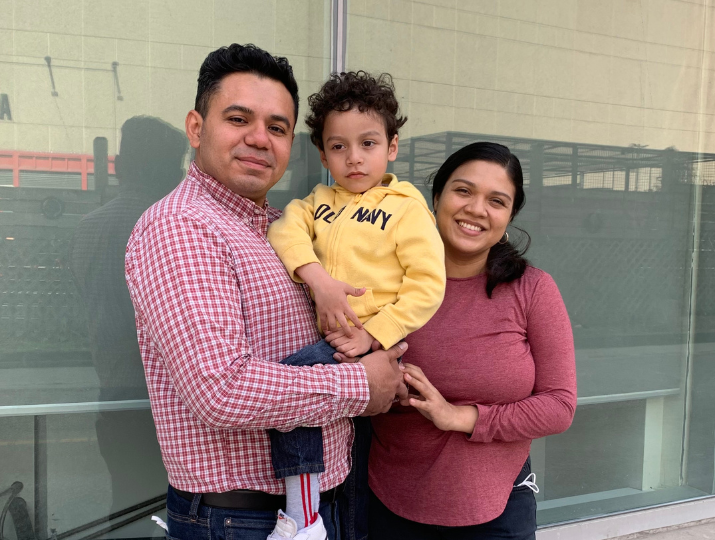By Ainsley Chapman, Executive Director, Evangel Hall Mission
As more and more church properties are being sold to developers and private owners for housing or businesses, churches across the country in big cities and in small rural communities and of all denominations, have started important conversations about the future of their church land and buildings. One of those conversations is the potential of redeveloping church land to help provide affordable housing to help slow the housing crisis, even if it means there are fewer financial resources made from the property.
This is an exciting time to be dreaming and planning for the future of our neighbourhoods and considering the legacy we want our congregations to leave in the years to come. As we dream of what might happen with these important church resources, we want to be sure that we are investing in community.
Throughout history, churches have helped build community, not only by offering outreach ministries and services to vulnerable people themselves, but also by offering physical spaces for free and/or at affordable costs for other agencies offering activities vital to a community’s health. Affordable spaces are needed by local community groups and public health agencies to provide programs like addiction treatment and support groups, grief groups, vaccination clinics, food banks and health education programs. These are places where daycares can offer affordable and safe care close to home. They are places where newcomers can take English classes and kids can access after-school tutoring. They are spaces that can be rented at affordable rates to small business owners who offer classes in music, dance, yoga and fitness, who rent our kitchens for community cooking and nutrition activities, or even to make food that they sell to cafés or affordable meal programs. They are places where we can encourage everyone to vote by offering polling sites close to home.
In any redevelopment plans for a church property, whether for housing-for-profit or building affordable housing, we need to consider what the community loses, if those affordable and accessible spaces are lost.
The push to build as much as we can, as quickly as we can, fuelled in part by developers maximizing profits, means that as community spaces have been converted to houses, condos or rental units, communities have been losing affordable community spaces at a rapid pace. Places renting spaces for charities’ daycares and other community-centred programs are being evicted and replacement space is becoming harder to find. Groups such as Alcoholics Anonymous and agencies that offer health education are finding they must secure space further and further away from the people they are serving. It’s not only charities: small business owners are struggling to find affordable spaces to build their enterprises, and risk losing all they’ve worked to build. Many of these businesses are owned by women who built their companies around the flexibility it offers to them as caregivers, or who are working to meet niche needs in the community.
As we dream of a new future for our communities, we also need to consider spaces we have lost in the community in the last decade. What do we risk losing when new development projects don’t include spaces that can be used by the community? Governments and private developers can put up four walls and a roof, but it takes vision, spirit, imagination, bravery, humility, partnerships and heart to build a community. While affordable homes are needed, community spaces where healing and connections are made also must be considered. Community spaces build strong communities, and strong communities prevent homelessness. And building in a way that creates and strengthens community is what is going to create a powerful legacy that will last for generations.

